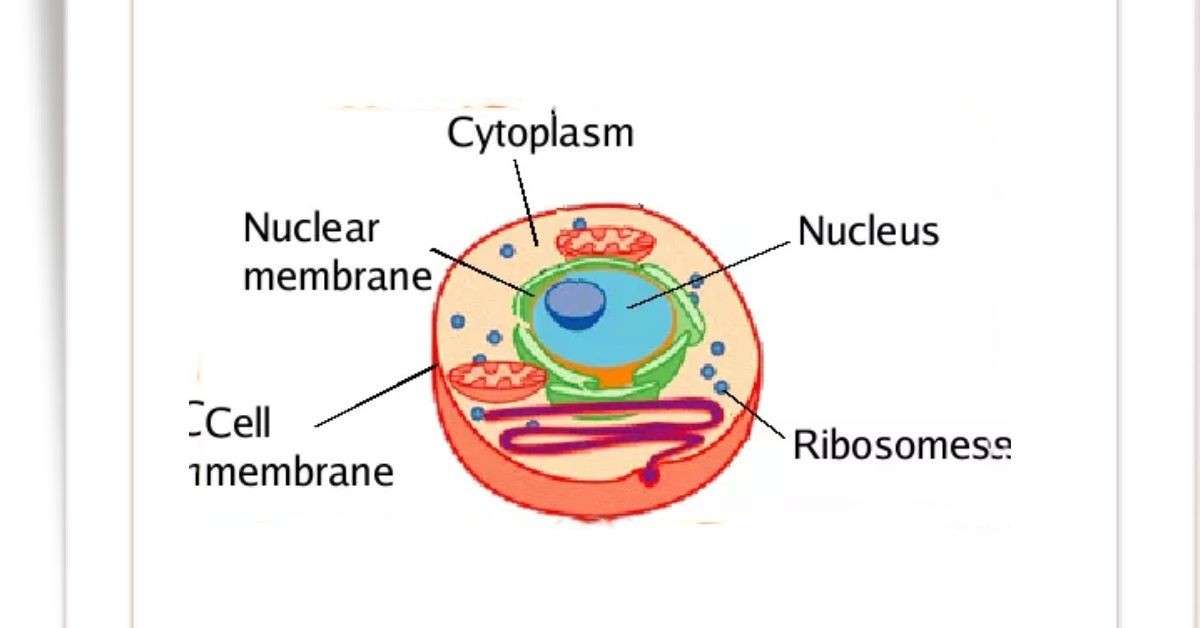The ribosome is one of the essential membrane-bound organelles of the cells. It has tiny sphere-shaped structure. It contains protein and ribose nucleic acid (RNA) and provides space for protein synthesis. It is found in the cytoplasm, mitochondrial matrix, and chloroplast. It is also found on the outer membrane of ER (endoplasmic reticulum) and nucleus. The word ribosome comes from ‘ribo’ meaning ribonucleic acid and Greek ‘soma’, meaning body.
Albert Claude first observed the tiny particles or granules of ribonucleoprotein and lipid under an electron microscope and he called them as microsomes in 1943. But Romanian born American Cell Biologist George E. Palade discovered it as dense particles or granules of the cytoplasm in 1955. In 1958, Richard B. Roberts proposed the name “Ribosome”. George E. Palade and other scientists discovered that ribosomes are the protein synthesizer in the cells and for this reason, in 1974; Palade was awarded the Nobel Prize for his great job.
Ribosomes are remarkably plentiful in cells. A mammalian cell contains about 10 billion protein molecules and most of them are produced from the ribosomes. One active eukaryotic cell contains about 10 million ribosomes while the prokaryotic cell (Escherichia coli) contain about 15000-20000 ribosomes which are equal about 25% of the total cell mass. The size of the ribosomes varies within cells which depend on the cell types. The average size of the ribosomes of the Escherichia coli is 200 Å in diameter.
Types of Ribosome
Ribosomes are of two types on the basis of the size and sedimentation coefficient (S) such as the 70S and 80S. Here, ‘S’ refers to Svedberg unit. This is a sedimentation coefficient which shows how fast a cell organelle sediments in an ultracentrifuge.
70S Ribosome: 70S ribosome is relatively small-size with sedimentation coefficient 70s. It contains two subunits, of which, 50s is large and 30s is small and they are linked together. The molecular weight is 2.7×106 Daltons. They are found in all prokaryotic cells, in mitochondria and chloroplast of eukaryotic cells.
80S Ribosome: This type of ribosome is comparatively larger and has sedimentation coefficient 80S which consists of large circular 60S subunit and small elliptical 40S subunit. The molecular weight is 40×106 Daltons. They are found in all eukaryotic cells.

Physical Structures of Ribosome
Each ribosome contains two subunits, such as a larger one and a smaller one. Ribosomal subunits are made in the nucleolus from the proteins and nucleic acids. Then, through the nuclear pores, they are exported into the cytoplasm. The sizes of the two subunits are unequal and exist in this state until required for use. The larger sub-unit is about two times larger than smaller one
The 40S and 60S are the small and large subunits of eukaryotic cells, respectively, while 30S and 50S are the small and large subunit, respectively of prokaryotic cells. The smaller subunit occurs above the larger subunit-like a cap. The ribosomal subunits occur individually when ribosomes are not involved in protein synthesis. The two subunits join together when protein synthesis starts and undergo dissociation when protein synthesis stops. During protein synthesis, two subunits are grouped and form polyribosome or polysome.
Chemical Structure of Ribosome
Chemically, ribosomes consist of ribosomal proteins and rRNA(ribosomal RNA). In the prokaryotic cells, ribosomes have 40% protein and 60% rRNA while in eukaryotic cells, ribosomes are made up of about 50% protein and 50% rRNA. Besides these, ribosomes also contain trace amounts of Magnesium (Mg), Calcium(Ca) and manganese(Mn).
Functions of Ribosomes
- The ribonucleoprotein of ribosomes acts as protein factories because they are mainly concerned with protein synthesis.
- Ribosomes take part in the metabolism of lipid.
- Ribosomes produce cytochrome for electron transportation during cellular respiration.
- Ribosomes play a role for assembling amino acids to make particular proteins which are essential for carrying out the activities of cells.
- Ribosomes and tRNA molecule translate the protein-coding genes in mRNA to proteins.
- Ribosome makes binding sites for two tRNA molecules.
- Some ribosomes attach with the endoplasmic reticulum which makes the endoplasmic reticulum rough appearance under a microscope.
- Ribosomes create protein from mRNA by linking amino acids together which is known as translation.
- Ribosomes are able to synthesize peptide strands at a rate of 200 per minute which makes a very large protein within two or three hours.


